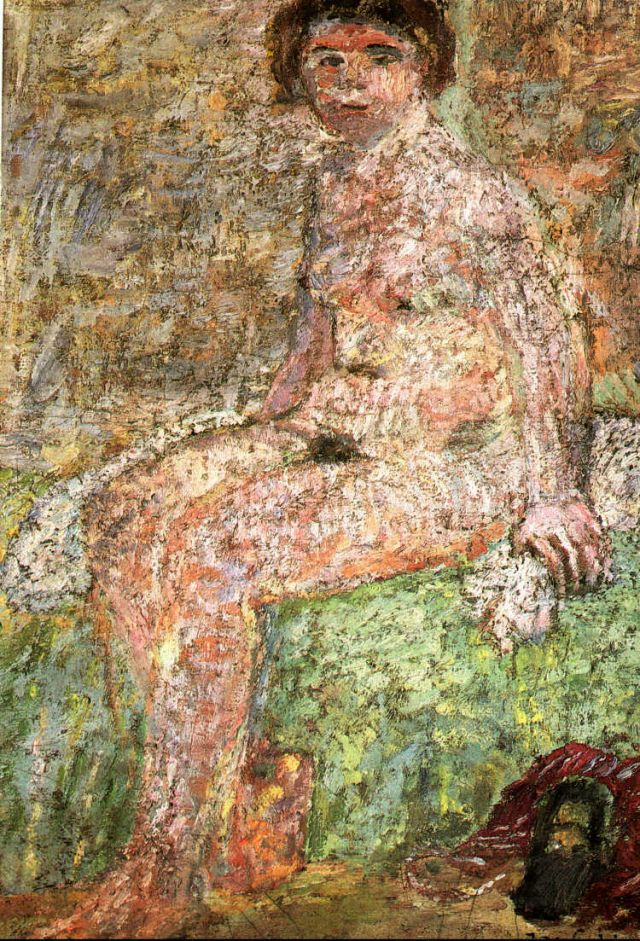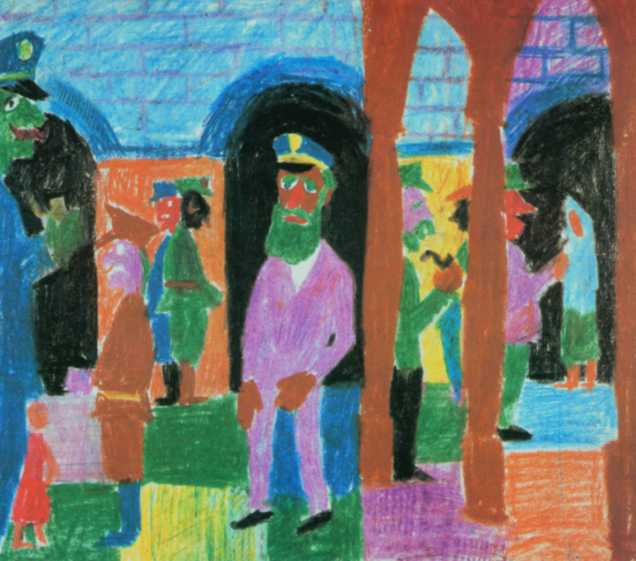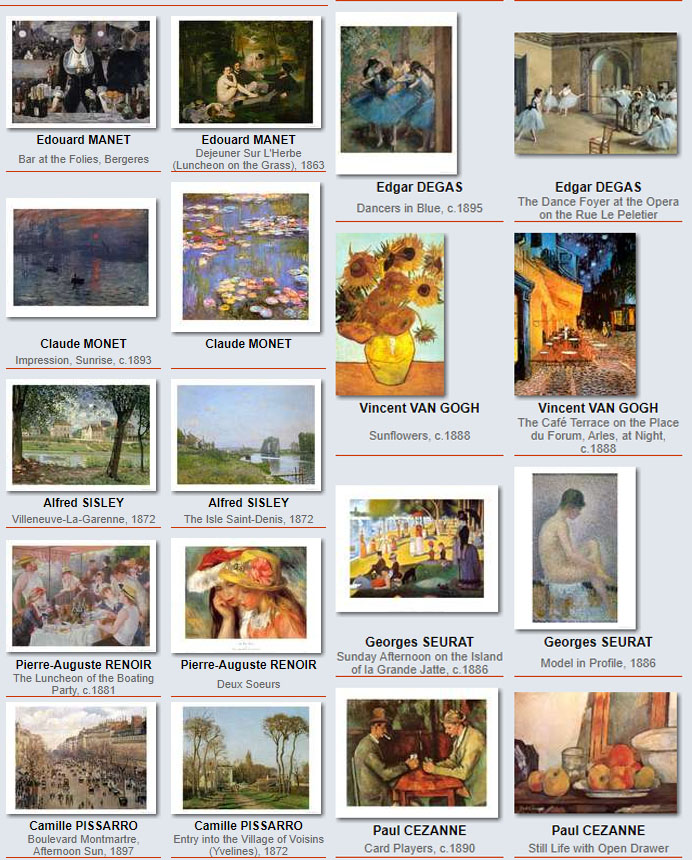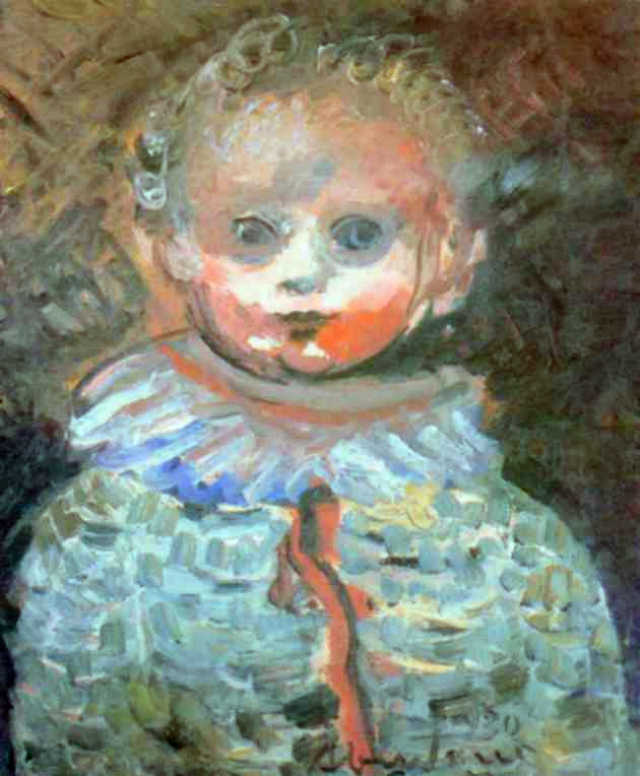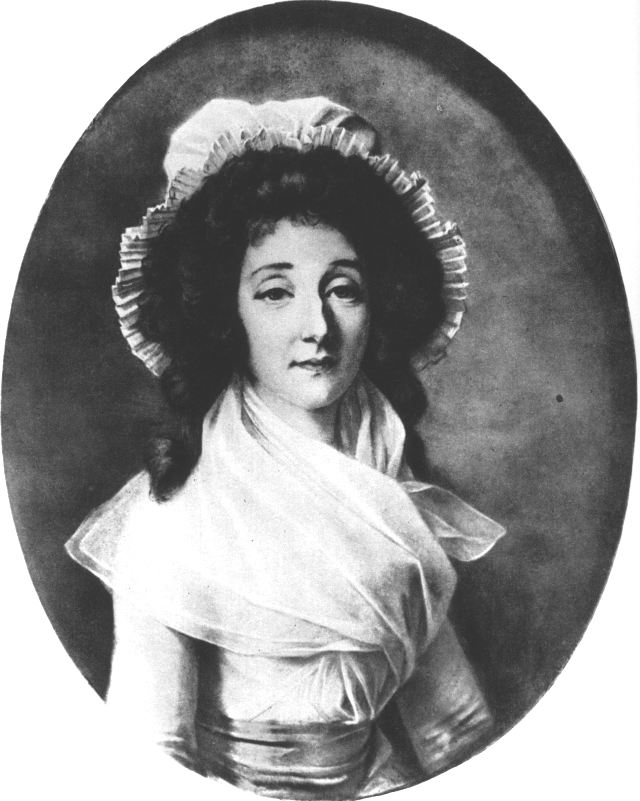 CONTRIBUTION OF NEOIMPRESSIONISTS
CONTRIBUTION OF NEOIMPRESSIONISTS
1.W 1886 r. at the last exhibition of the Impressionist group (8 Painting exhibition with the participation of Mrs. Marie Bracquemond, Panny Mary Cassatt, Gentlemen of Degas, Showman, Gauguin, Guillaumin, Pani Berthe Morisot, Gentlemen Camille Pissarro, Lucien Pissarro, Odilon Redon, Rouart, Schuffenecker, Seurat, Signac, Permission, Vignon, Zandomeneghi — from 15 May to 15 June - Laffitte Street) it was the first time that works painted only with pure colors appeared, separated, sustainable, mixed optically according to a well-thought-out method.
Georges Seurat, the initiator of this step forward, he exhibited the first divisionist painting there, canvas of decisive importance, testifying to the outstanding talent of the artist. It was Sunday iv la Grande-Jatte-, next to him is Camille Pissarro, his son Lucien Pissarro and Paul Signac also exhibited paintings painted in a similar technique.
The unusual splendor and harmony of the canvases of these innovators remained, if not well received, at least it was immediately noticed. These advantages were the result of the application of the basic principles of separation. Since then, this technique, thanks to the research and results achieved by Mr. Henri-Edinond Cross, Alberta Dubois-Pillet, Maximiliena Luce, Petitjean's Hippolyte, Théo van Rysselberghea, Henry van de Veldego and several others, despite tragic deaths, despite assault and desertion, did not stop developing and finally created a strict method, which we formulated at the beginning of this work and called the method of neo-impressionist painters.
These painters, which would be more accurately described by the name chromoluminarists, they took the name of the neo-impressionists by no means for that, to facilitate your success (the Impressionists were still in the fighting period for good), but that's why, to pay tribute to their predecessors and point out, hidden under the different painting methods, common goal: light and color. In this sense, the name neo-impressionism should be understood, because the technique used by this group has nothing to do with impressionism: as long as the source of the painting technique of their predecessors is instinct, the source of the new group's technique is reflection and the search for the effects of duration.
2. The palette of neo-impressionists, just like the impressionists, it consists only of pure colors. However, they completely reject any mixing of paints on the palette, except, of course, mixing adjacent colors in the prismatic circle. Graduating these colors and brightening with white will allow you to recreate the variety of shades of the solar spectrum and all their tones. Orange mixed with yellow and red, violet gradually fading into red or blue, green shifting from blue to yellow pose, along with white, the only elements, used by neo-impressionists. However, thanks to the optical mixing of these few pure colors, changing their mutual proportions, they get an infinite number of shades, from the most intense to the grayest.
Not only do they remove from their palette all mixing of broken colors, but they also avoid soiling their pure colors by placing opposite colors next to each other.. Each stain taken clean from the pallet remains clean on the canvas.
Allows, as if they were using paints made from richer and shinier ingredients, they surpass the Impressionists in luminosity and colorfulness, who muffle and dirty the pure colors of the simplified palette.
3. But the separation technique not only provides maximum luminosity and color by optical mixing of pure color elements; through the dosage and balance of these elements, according to the laws of contrast, grading and illumination, it ensures the overall harmony of the work. These rules, used by the Impressionists only sometimes and instinctively, are strictly observed by neo-impressionists. This is a strict and scientific method, which instead of weakening the sensation, directs and protects it.
4. Seems, that the first task of the painter standing in front of the white canvas should be the decision, what curvatures and lines are to intersect its surface, what shades and tones are to cover them. However, this is a rare accident in the era, in which most images resemble snapshot photos or barren illustrations.
It would be childish to reproach the Impressionists, that they did not care about these matters since their obvious intention was to grasp the relationships and harmony that existed in nature., how they look, not caring about their arrangement and interconnectedness. "The Impressionist sits on the banks of the river” —as their critic Théodore Duret says—and paints it, what he has in front of him.
And they proved, that in this way miracles can be done.
Neo-impressionist, following the advice of Delacroix, will not start painting the picture, having not previously established its composition. Guided by tradition and knowledge, he will harmonize the composition with his concept, Ie. adapts the lines (directions and angles), light and shadow (Tony), Colour (Shades) to the mood, what he wants to bring out. For a feeling of calm, the main linear accents will be horizontal, for the joy of ascending, and falling for sadness. All indirect directions will serve to represent all other sensations in their infinite variety. With this game of lines is associated with the play of colors, no less expressive and diverse; the ascending lines will correspond to warm colors and light tones; with descending lines, cold colors and dark tones will prevail; more or less perfect balance of warm and cold colors, paler and strong tones will add calm to horizontal lines. Thus subordinating the colour and line to the surviving departure, which he wishes to express, the painter will create a poetic and creative work.

